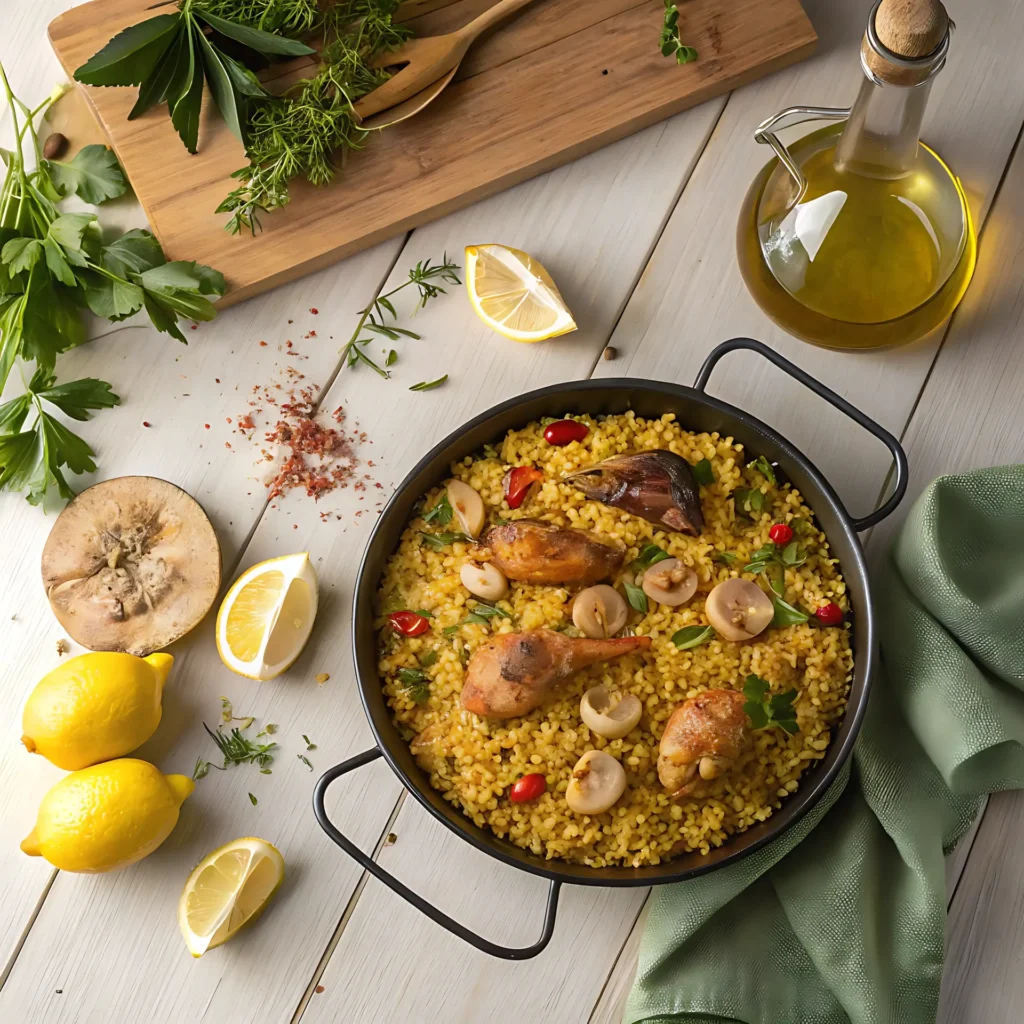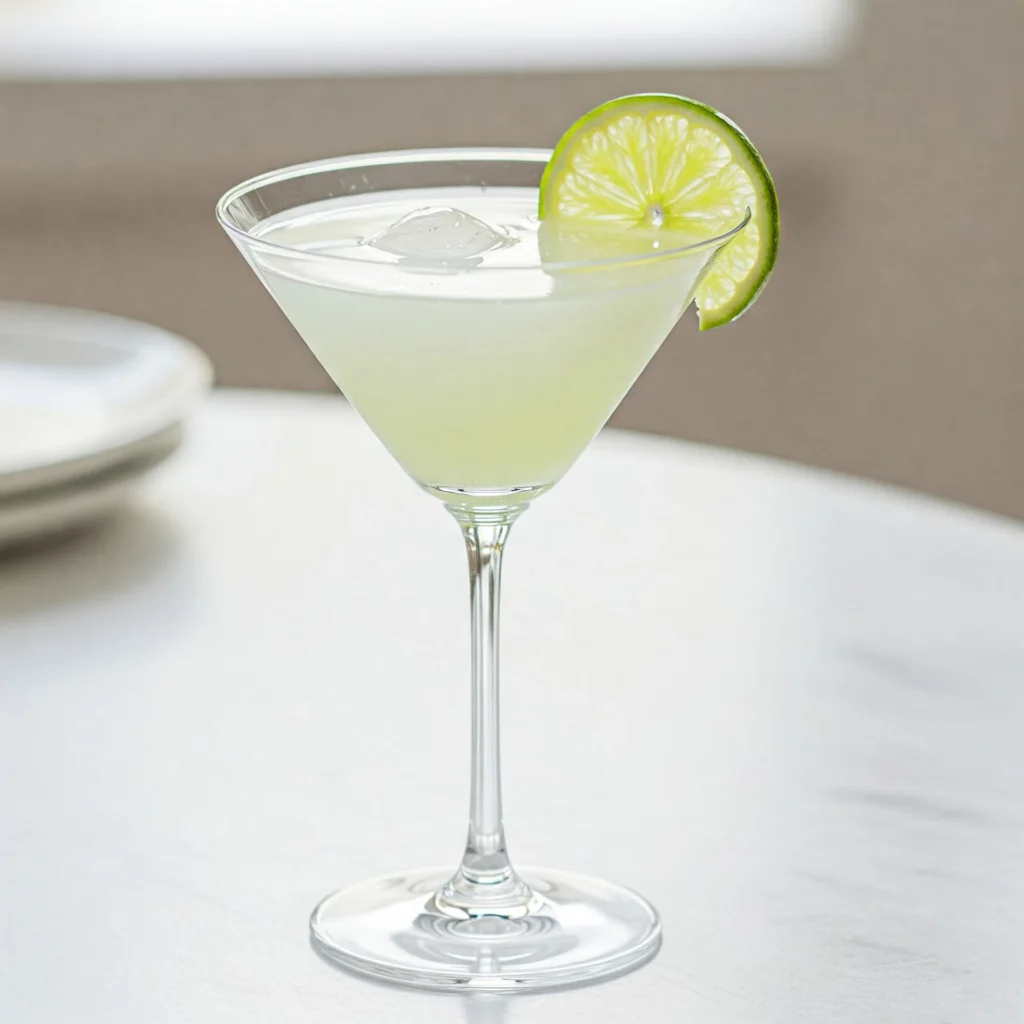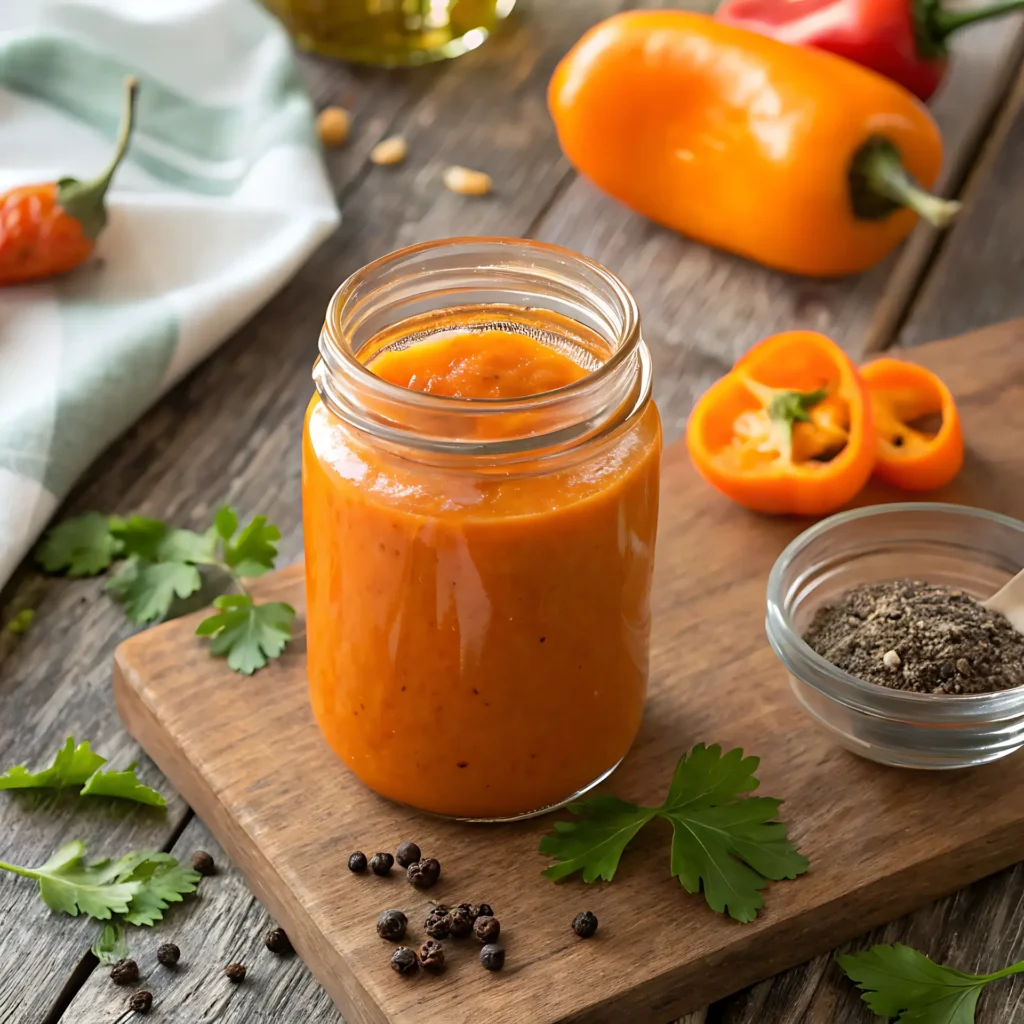The Paella Valenciana it is one of the most emblematic dishes of the Spanish cuisine. Native to the Valencian Community in the east coast of Spain, this recipe has transcended borders and has become a symbol of the mediterranean cuisine. Although its origin dates back to the FIFTEENTH century, paella has evolved over time, fusing influences from arab and mediterranean, which has given the complexity of flavors that we know today. In its most classic version, the valencian paella combines rice, seafood, meats and a mix of vegetables, all cooked in a skillet, wide and low known as "pan".
This delicious dish is not only a sample of the diversity of Spanish cooking, but it also has a fascinating history. It is believed that the paella was born as a peasant food, prepared by the farmers with the ingredients they had at your fingertips. Over time, the recipe was refined and became a culinary tradition that today is served in celebrations and family gatherings. His popularity has grown so much that today is prepared, not only in Spain, but all over the world, making it one of the most representative dishes of the mediterranean cuisine.
To prepare an authentic paella valenciana, it is crucial to use the correct ingredients and to follow a careful process that will allow the flavors to blend harmoniously. One of the most important tips is to prepare a good homemade broth, since the quality of the broth is essential to give depth and richness to the final flavor of the dish. In this article, we will guide you step by step so that you can prepare a delicious paella valenciana at home and enjoy a unique culinary experience.
Receta para una Paella a la Valenciana
Ingredients:
- 500 g of rice (preferably pump type)
- 300 g of varied seafood (prawns, mussels, squid)
- 2 chicken thighs (boneless and cut into chunks)
- 1 red pepper
- 1 ripe tomato
- 1 sprig of saffron
- 1 l of broth of seafood or poultry
- Extra virgin olive oil
- 1 teaspoon sweet paprika
- 1 sprig of rosemary
- Salt and pepper to taste
Preparation:
- To prepare the broth: If you are not accounts with a seafood broth ready, it is advisable to prepare it home to get the best flavor. Boiled the remains of shellfish (such as the shells of shrimp and heads of fish) along with some vegetables (carrot, onion, celery) and herbs (rosemary, bay leaves) in water for about 30-40 minutes. If you prefer to use chicken broth, boiling the carcasses of chicken with onion, garlic and herbs.
- Sofrito (Fried seasoning base): In the paella pan, heat a good splash of olive oil. Add the chicken pieces and fry until golden brown on all sides. Add the red pepper cut into strips and the chopped tomato. Cook everything together for a few minutes until the tomato breaks down and forms a thick sauce.
- Add the seafood: Incorporates the seafood (shrimp, squid, and mussels) to the pan, and let cook for a couple of minutes, until the seafood are sealed well. Make sure not to over bake them.
- Cooking the rice- Add the rice to the mixture and cook all together for about 2-3 minutes for the rice to absorb the flavors. Add the hot stock slowly, covering the rice. Remember that the rice in the paella must be in a thin layer, so it should not add too much water at once. Incorporates the saffron, paprika, salt and pepper to taste.
- Final cooking: Cooking the paella pan over a medium heat for about 15-20 minutes, until the rice is cooked and has absorbed most of the broth. Not revuelvas the rice once you have added the broth, as this can ruin the final texture. Let it stand for 5 minutes before serving.
Nutritional information per serving (approximately):
- Calories: 450 kcal
- Proteins: 25 g
- Fat: 12 g
- Carbohydrates: 60 g
- Fiber: 3 g
- Sodium: 500 mg
Benefits of the Paella Valenciana
The paella valenciana not only is it delicious, but also very nutritious. To be a dish balanced, contains a good amount of protein from the chicken, and seafood, as well as a good dose of fiber from the vegetables. Rice, a staple food in many diets, it provides the energy needed to stay active, while the saffron and herbs provide antioxidant properties that help to strengthen the immune system.
Shellfish, such as prawns, and mussels, are rich in omega-3 fatty acids, which promote cardiovascular health. In addition, the tomato and red pepper, being rich in vitamin C, help to improve the health of the skin and the digestive system. Therefore, to enjoy a serving of paella, not only delight your taste buds, but you're also benefiting your health.
Variations of Paella Valenciana
Although the traditional recipe of the paella valenciana it is prepared with chicken, seafood and some vegetables, there are several popular variations that you can try. For example, you can substitute the chicken for rabbit, which is very common in the paella of the Valencia region. In addition, some versions include clams or lobster to intensify the flavor of the sea.
Another option is the mixed paella, which combines both seafood as the meat of poultry or pork. If you prefer a vegetarian option, you can prepare a vegetables paellausing a variety of fresh vegetables like artichokes, peas, zucchini, and eggplant.
Tips to accompany the Paella Valenciana
The paella valenciana this dish is very full of itself, but if you want to accompany it with something additional, you can serve it with a fresh salad of lettuce, tomato and onion with a touch of olive oil and balsamic vinegar. Also you can accompany it with a good crusty bread to enjoy the sauce leftover.
A perfect drink to accompany your paella is a dry white wine or, if you prefer something more traditional, a cold beer.
Tips for a Paella Perfect
- Used rice quality: Rice type pump is the most suitable for the paella, as it absorbs the broth without losing its shape.
- Not revuelvas rice: Once the rice is in the pan, don't move. The "socarrat" (crust of toasted rice) which forms in the background is one of the most desired of the pan.
- Cook over medium heat: The pan should be cooked to medium heat to prevent the rice to burn or cook unevenly.
- The broth, fundamental: A good homemade broth make the difference between a paella and a common authentic valencian paella. If you do not have time, you can use broth commercial, but make sure that it is of good quality.
Conclusion
The paella valenciana it is much more than a simple dish of rice; it's a tradition, a celebration and a reflection of the richness of Spanish culture. To prepare it at home will allow you to enjoy all the flavors and benefits, while you immerse yourself in the culinary experience that offers mediterranean cuisine. Whether you choose to follow the classic recipe or try some of the variations suggested, the pan will always be an option, delicious for any special occasion.
Now that you know how to prepare this jewel of gastronomy, why not invite your friends, and family to enjoy it? Become an expert on Spanish cuisine and surprise everyone with a paella valenciana delicious. I dare you to try it out and let the taste of Spain to invade your table!
Learn more about Recipes of main Dishes in our article:
Main Dishes: 10 Recipes That Will Make You Want More


